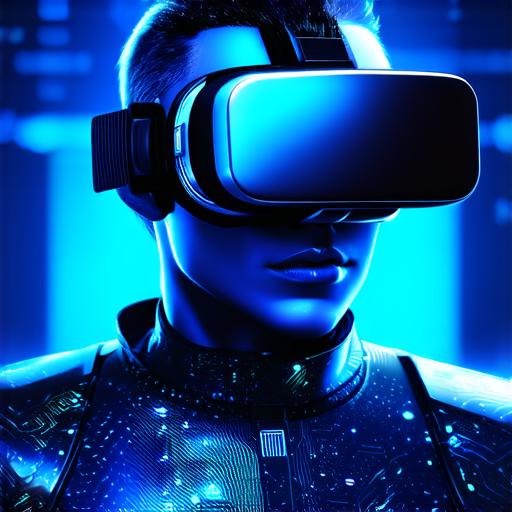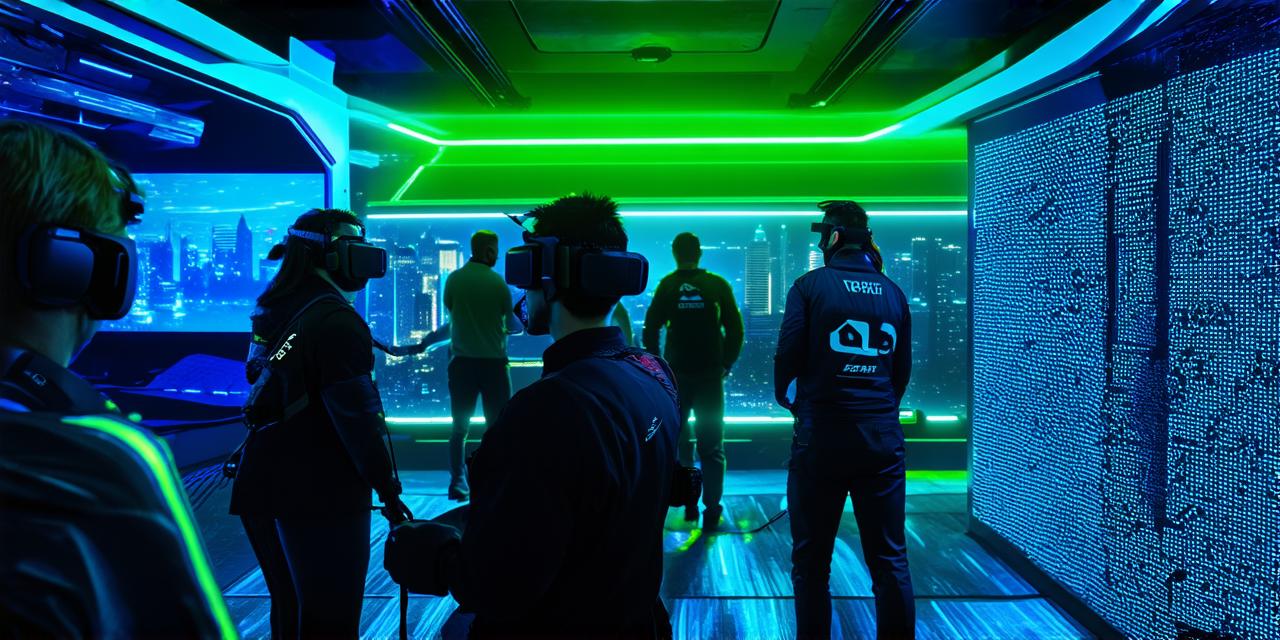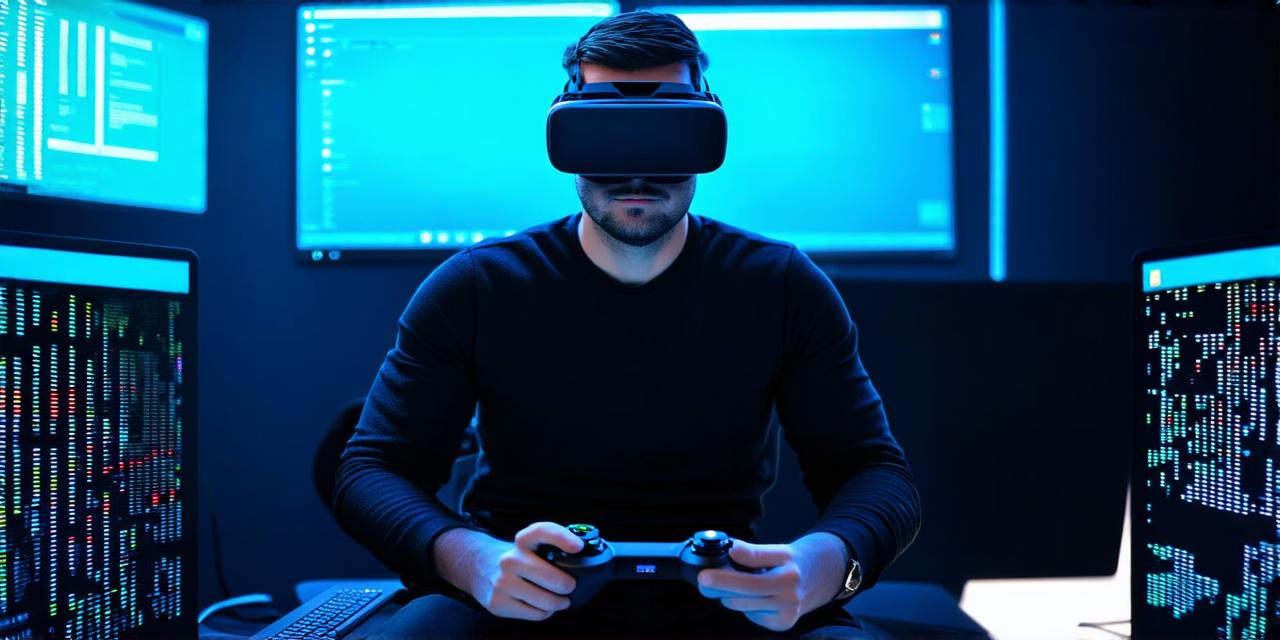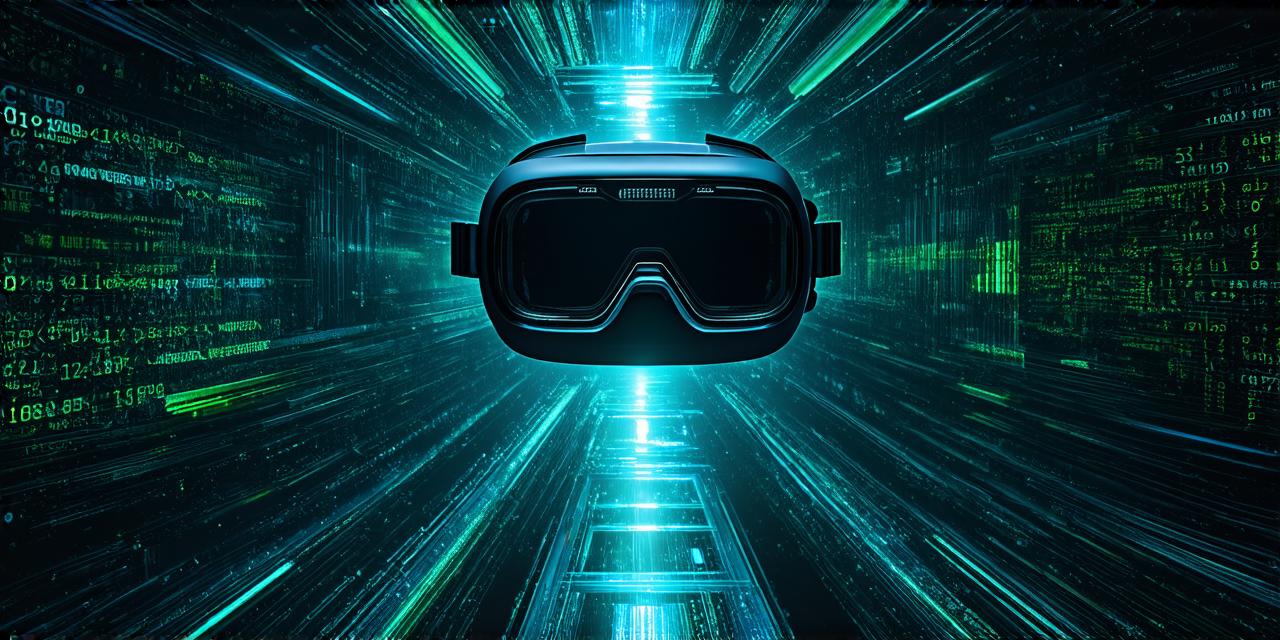Virtual reality (VR) is a rapidly growing field that has captured the imagination of many people, from gamers to healthcare professionals. With VR technology, users can immerse themselves in a digital world and experience it as if they were really there. As AR developers, understanding the characteristics of virtual reality is crucial for creating effective and engaging experiences.
1. Immersive Experience

One of the defining characteristics of virtual reality is its ability to create an immersive experience. With VR headsets, users are completely isolated from their surroundings and can feel as if they are in a different world. This level of immersion makes it possible for users to fully engage with virtual objects and environments.
For example, surgeons have used VR technology to practice complex surgeries, allowing them to gain valuable experience and reduce the risk of complications during actual procedures.
2. Interactivity
Virtual reality also enables interactive experiences that were not possible before. Users can interact with virtual objects and environments in a variety of ways, including touch, voice commands, and gestures. This level of interactivity makes it possible for users to explore and manipulate virtual objects in a way that is both intuitive and engaging.
For example, architects have used VR technology to allow clients to experience their designs in 3D, making it easier for them to visualize and make changes in real-time.
3. Realistic Visuals
Virtual reality technology has advanced significantly in recent years, allowing for increasingly realistic visuals. With high-resolution displays and advanced tracking systems, users can experience virtual environments with stunning detail and clarity. This level of realism makes it possible for users to feel as if they are truly in a different world, which can be especially useful in fields such as training and simulation.
For example, pilots have used VR technology to simulate flight scenarios, allowing them to practice complex maneuvers and develop their skills in a safe and controlled environment.
4. Customization
One of the great things about virtual reality is its ability to be customized to meet the needs of different users. With VR headsets, developers can create experiences that are tailored to specific individuals or groups, allowing them to optimize the experience for each user.
This level of customization can be especially useful in fields such as education and therapy, where virtual reality can be used to create personalized learning experiences or provide targeted treatment for specific conditions.
For example, therapists have used VR technology to treat anxiety and phobias by creating virtual environments that trigger these conditions and allowing patients to confront and overcome them in a safe and controlled setting.
5. Accessibility
Virtual reality technology has also made it possible for people with disabilities to experience immersive and interactive environments. For example, VR headsets can be used to create experiences for people with visual impairments, allowing them to explore virtual environments through audio cues and tactile feedback.
This level of accessibility makes it possible for people with disabilities to engage with virtual reality technology in a way that was not possible before.
Conclusion
In conclusion, virtual reality is a rapidly growing field with many exciting applications in the world of AR development. By understanding the characteristics of virtual reality, developers can create immersive and interactive experiences that are tailored to the needs of different users.
With its ability to create realistic visuals, customization options, and accessibility features, virtual reality technology has the potential to revolutionize the way we experience and interact with digital content.




